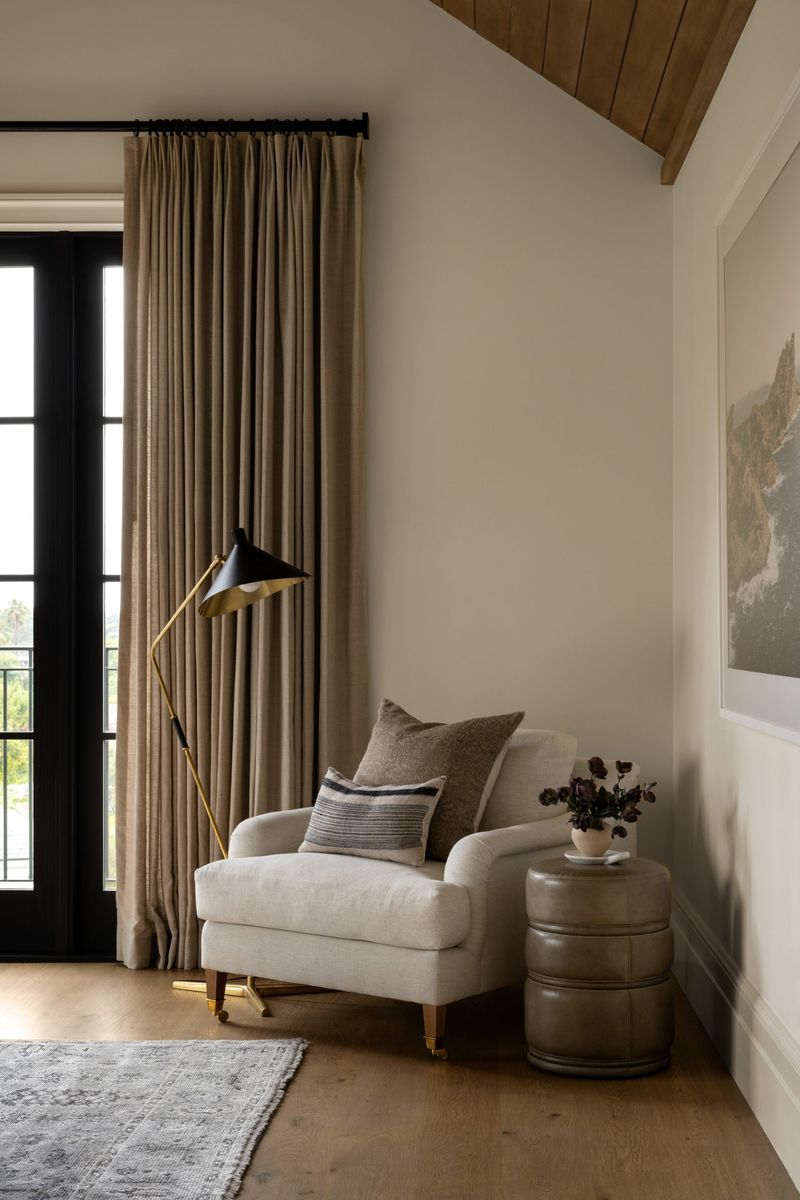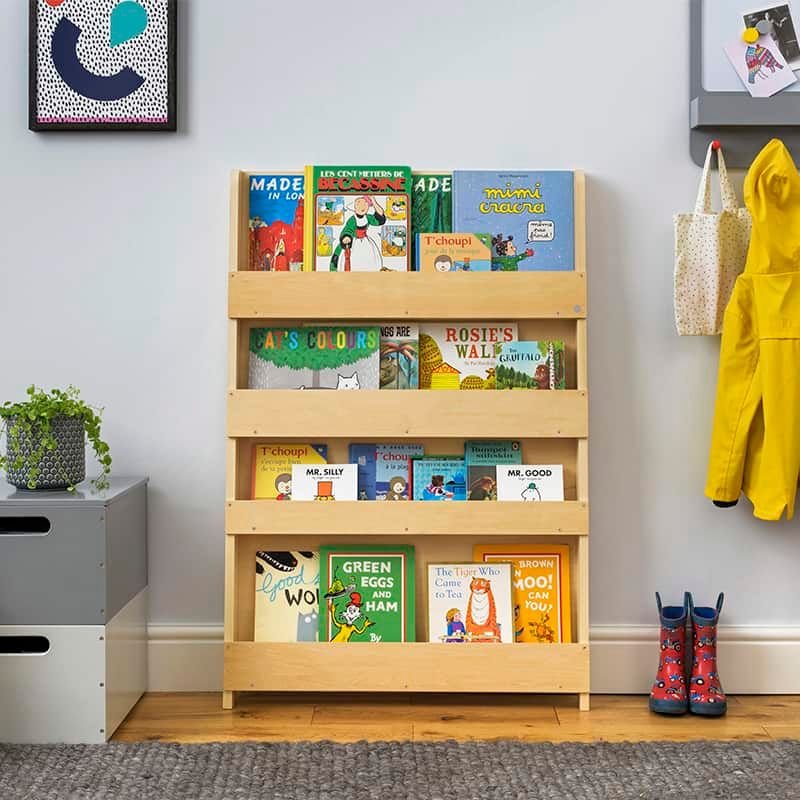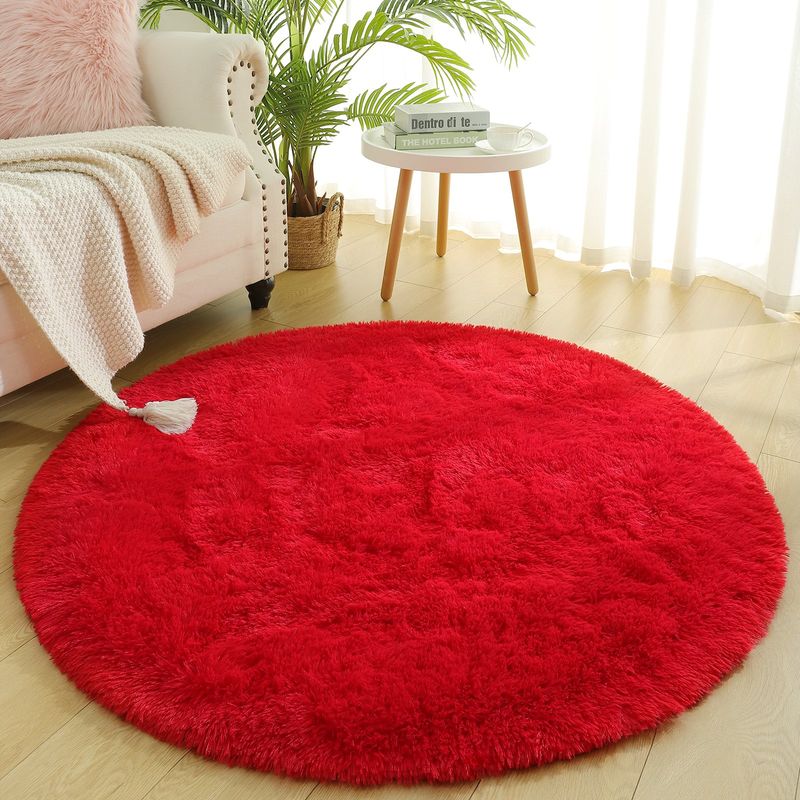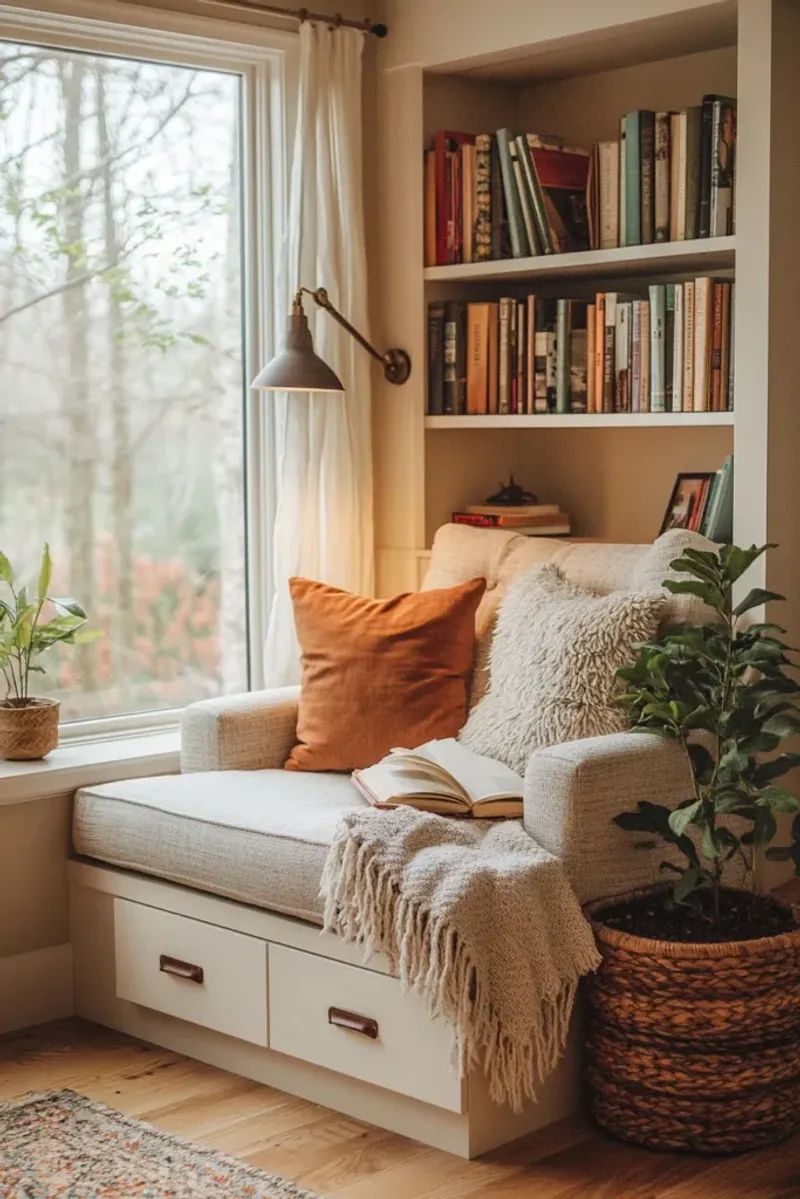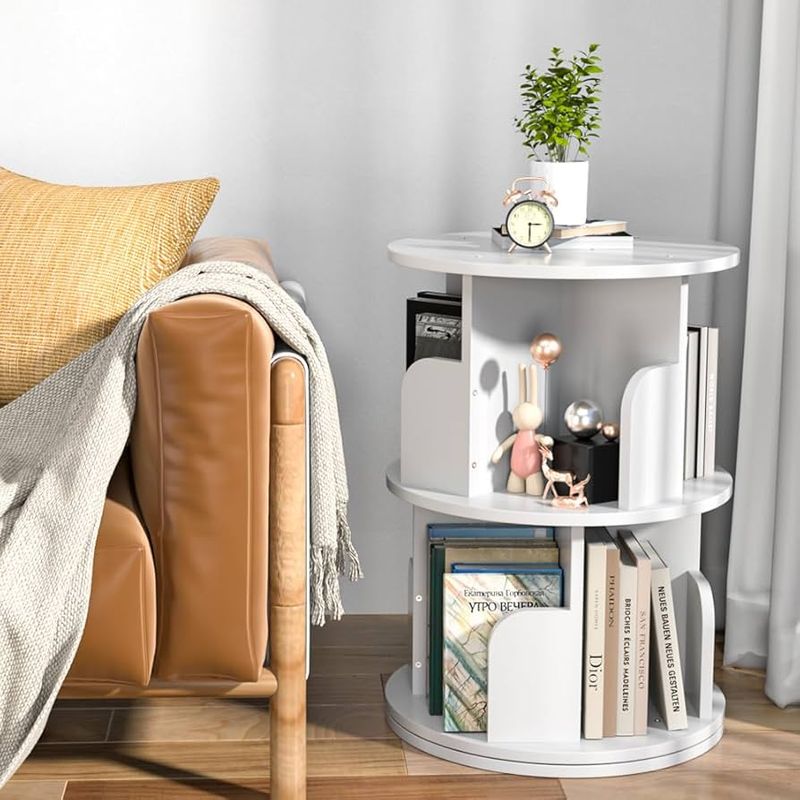Creating a cozy reading nook at home isn’t just about books and pillows—it’s about carving out a little corner of calm in the middle of family life. Whether you’re raising a budding bookworm or just hoping to make storytime part of your daily rhythm, a thoughtfully designed space can help turn reading into a favorite habit. The best part? It doesn’t require a remodel—just a few intentional touches that invite your child (and you, too) to slow down and settle in.
In our home, the reading nook started as a floor cushion and a pile of books in the corner, and it quietly evolved into one of our favorite spaces. There’s something about having a designated spot that whispers, “this is where we pause.” It’s become the place we go when the day feels a little too loud, or when I need five uninterrupted minutes to sip coffee while someone else flips pages (even if it’s just to look at the pictures).
This post covers the simple, sanity-saving elements that helped us create a reading nook our whole family loves—no Pinterest perfection required. Whether you’re starting from scratch or just looking to upgrade your current setup, these nine must-haves will bring comfort, curiosity, and maybe even a little quiet to your day. Let’s make that reading corner a place your child wants to return to again and again.
1. Comfy Seating (That You Also Want to Sit In)
A reading nook starts with a place to sit—and not just any place, but one that calls your child in like a cozy invitation. Think cushy floor pillows, a child-sized armchair, or a simple foam mat with a few throw pillows. In our home, we went through a few seating fails before finding one that didn’t get abandoned after two minutes. It turns out, comfort makes a difference when you’re reading The Very Hungry Caterpillar for the hundredth time. Bonus points if the seat is low to the ground so kids can plop right down without assistance. I also recommend washable covers—because snack hands and storytime tend to overlap more often than I expect. The goal is to make the space feel like the spot to curl up with a good book—whether they’re reading or just pretending to.
2. Good Lighting (Because Dim Corners Don’t Spark Joy)
Lighting truly sets the mood in a reading space, especially for little eyes that need clarity to stay engaged. Natural light is ideal, but if your nook is tucked into a corner (like ours), a soft lamp or fairy lights can add just the right amount of glow. I went with a clip-on reading light that my kids love turning on—it gives them a sense of independence and makes the nook feel official. Avoid harsh overhead lights that make the space feel sterile or overwhelming. Instead, aim for warm-toned bulbs and a cozy vibe that encourages them to stay awhile. Proper lighting also means fewer “I can’t see!” complaints, especially during early evening reading. And let’s be real, a little ambiance makes me want to sit down and read with them, too.
3. Low, Accessible Bookshelves
Books need to be reachable for little hands—because if they can’t see them, they probably won’t read them. Low shelves, baskets, or even wall-mounted forward-facing racks work wonders. We used an IKEA spice rack hack, and suddenly, forgotten books were being rediscovered like long-lost treasures. When the covers are visible, it makes choosing a book feel exciting instead of overwhelming. Plus, it fosters independence; my kids love picking out their own story without needing help. Keeping things at kid-eye level not only encourages reading but helps them learn to put things back—at least occasionally. And let’s be honest, when I walk by and see books beautifully displayed, it makes me feel like I’ve got this whole home learning thing under control.
4. A Soft Rug or Play Mat
A good rug adds warmth, defines the space, and invites your child to kick off their shoes and get comfy. In our case, the rug became the stage for everything—reading, building, snacking, and sometimes even napping. I chose one with a low pile and a forgiving pattern, which conveniently hides those mystery smudges kids always seem to leave behind. It also helps insulate sound, which is great if your reading nook is near a noisy area like the kitchen or playroom. A soft foundation makes the nook feel grounded and safe—like its own little zone. And if you’re setting up the nook in a shared space, a rug helps visually separate it from the chaos of toys. It’s the kind of detail that’s subtle, but it makes a big difference in how often the space gets used.
5. Blankets and Throw Pillows (For Extra Cozy Points)
It’s amazing what a soft blanket can do for attention span. I tossed in a throw blanket purely for aesthetics, but now it’s known as “the reading blanket,” and no book gets opened without it. A few comfy pillows go a long way, especially when kids like to flop, wiggle, or lounge while reading. I’ve even caught them making forts with the pillows when they’re supposed to be reading—but hey, imagination counts, right? I recommend choosing durable, easy-to-clean materials since they’ll double as everything from backrests to jungle vines. Bonus: when the space feels physically comforting, kids tend to stay longer, and sometimes even ask for “just one more story.” And if you’re lucky, it might become a calm-down corner too.
6. A Reading Timer or Routine Chart
A visual timer or simple reading chart helps kids understand that reading time is its own part of the day—not just something squeezed in when everything else is done. We started using a sand timer during our “quiet time,” and now my child sets it on their own. It makes the activity feel official without being overly structured. Plus, it cuts down on the whining that sometimes shows up five minutes in—there’s a clear start and finish. A small chart or sticker tracker adds a sense of progress and accomplishment, which is especially helpful for early readers. It’s also a quiet way for me to encourage consistency without hovering. And yes, it buys me time to sip a cup of coffee that’s still warm.
7. Book Rotation System
Too many choices can overwhelm young readers, and over time, even favorite books start collecting dust. I started rotating books weekly using a small storage bin, and suddenly everything felt “new” again. Each Sunday, I switch out a handful, and it always sparks excitement for Monday’s reading time. It also helps me sneak in seasonal or themed books without making a big production. A rotation system makes organizing easier for me and browsing easier for them. It cuts down on clutter and keeps the nook from turning into a book avalanche zone. And honestly, it’s fun seeing them re-fall in love with books they haven’t seen in a while.
8. Personal Touches
A little personalization can go a long way in making a reading space feel special and truly theirs. We added a framed “Reading Zone” sign with my kids’ names and a small string of artwork they made during craft time. The effect was immediate—they saw the space as theirs and took more ownership over keeping it tidy. You could add a monogram pillow, a mini chalkboard for favorite titles, or even a growth chart to track how many books they’ve read. It doesn’t take much, but those little details make it feel like more than just a pile of pillows. When your child feels seen in a space, they’re more likely to use it. And honestly, walking by a cozy little corner with their doodles and book picks melts my heart every time.

